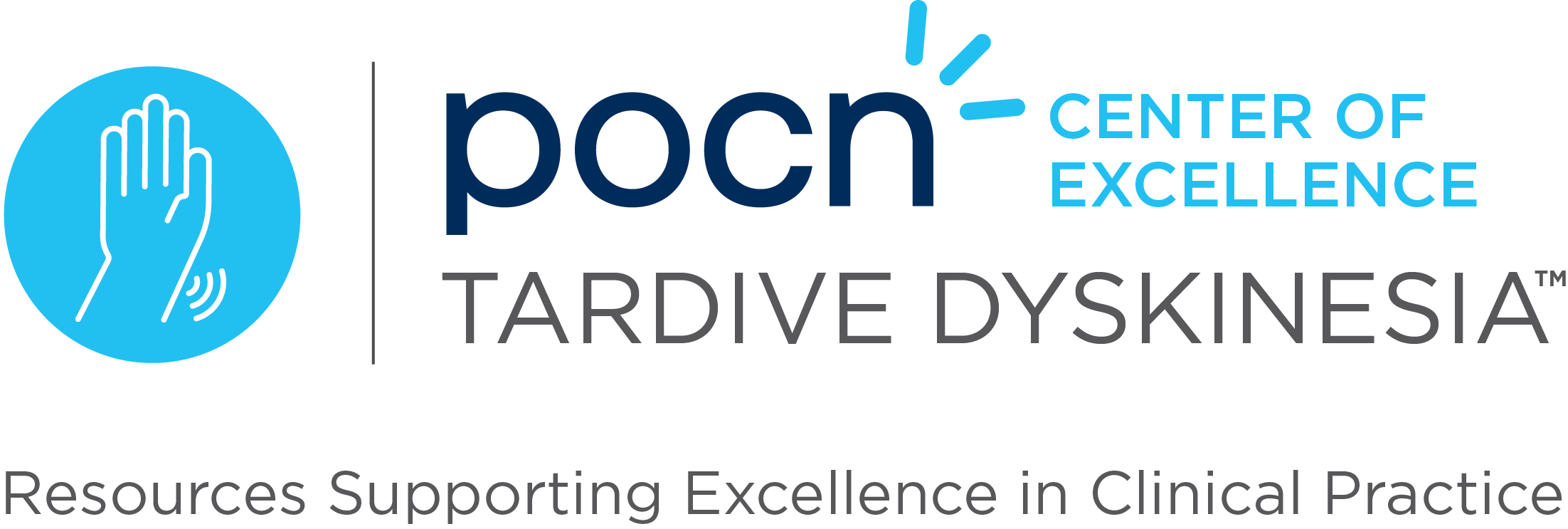Study Emphasizes Caution in Antipsychotic Prescriptions for High-Risk Groups

A recent case report assessed an 80-year-old man with a history of dementia, bilateral blindness, glaucoma, hearing loss, hypertension, and hypercholesterolemia complaining of visual hallucinations. Risperidone was first prescribed, followed by a combination with Quetiapine, and eventually replaced with valproate due to lack of symptom improvement and non-adherence. Three months after stopping antipsychotic medications, he developed orofacial tremors.
Researchers concluded that, when prescribing antipsychotics, physicians must be cautious of tardive dyskinesia (TD) as a potential delayed side effect, and physicians need to monitor for early signs of TD, especially in high-risk individuals. In this case, risk factors included old age, prolonged risperidone use, and abrupt cessation of the drug.
Pharmacogenomics Report Reveals Key Gene-Drug Interactions in Antipsychotics; Dosage Guidance Recognized by Major Health Organizations

A recent report examined the field of pharmacogenomics and its application to psychotropic medications; specifically, the gene-drug interactions between CYP2D6, CYP3A4, and CYP1A2 with antipsychotics. The report found that CYP2D6 phenotypes impact plasma concentration levels and therapeutic outcomes for various antipsychotics, CYP3A4 has shown significant interactions with quetiapine, and CYP1A2 doesn’t display significant differences in pharmacokinetics for drugs like clozapine or olanzapine.
The report concluded that significant organizations such as the Clinical Pharmacogenetics Implementation Consortium, FDA, and Dutch Pharmacogenetics Working Group recognize the importance of using pharmacogenomics, which can be essential in guiding dosing and minimizing the risk of adverse effects with antipsychotic medications due to its influence on pharmacokinetics.
Comprehensive Study Unveils Insights into Vocal Tics: Causes, Symptoms, and Treatment Options

In a study, researchers reviewed the symptoms, causes, and treatment of vocal tics, which are characterized by involuntary verbal sounds or words ranging from subtle to pronounced. Researchers noted that tic disorders, including Tourette’s syndrome, are among the diagnostic criteria for such conditions, often originating in childhood, but possibly emerging in adulthood. Vocal tics can also accompany conditions like attention deficit hyperactivity disorder, autism, obsessive-compulsive disorder, schizophrenia, or traumatic brain injury. Some medications, including antipsychotics, anticonvulsants, and antidepressants may induce tics. Medications like aripiprazole or haloperidol, and therapy such as comprehensive behavioral intervention for tics, can help manage tics and their impact on daily life.
Debunking Myths and Highlighting Facts About Tardive Dyskinesia and Antipsychotics

A researcher unpacked several myths and facts about tardive dyskinesia (TD). The author assessed the facts about how the risk of developing TD increases the longer a patient takes an antipsychotic and the risk factors that can increase a patient’s chance of developing TD.
Pregnant Woman Develops Nystagmus from Metoclopramide Hydrochloride: A Cautionary Tale for Healthcare Providers

Researchers of a report reviewed the case of a 15-week pregnant woman who developed drug-induced nystagmus, involuntary eye movement, after being prescribed metoclopramide hydrochloride, a medication frequently used for gastrointestinal issues such as nausea and vomiting. After several tests, it was determined that the metoclopramide hydrochloride was the probable cause of the nystagmus. Upon discontinuation, her symptoms disappeared.
IMPACT-TD Scale Launched for Comprehensive Evaluation of Tardive Dyskinesia in Daily Life

In an announcement, Teva Pharmaceuticals released the IMPACT-TD Scale, a clinician-rated tool designed to help health professionals gauge the effect of tardive dyskinesia (TD) on a patient’s daily life.
Emerging Synthetic Cathinones and Psychostimulant-Related Movement Disorders

Researchers of a study looked into psychostimulants, a group of substances that have effects similar to amphetamine, methamphetamine, cocaine, or cathinone, highlighting connections between psychostimulant use and movement disorders.
The researchers noted that psychostimulant-related movement disorders are a known issue seen in emergency departments worldwide. Chronic and permanent movement disorders are less commonly encountered but can manifest as a combination of symptoms such as agitation, tremor, hyperkinetic and stereotypical movements, cognitive impairment, hyperthermia, and cardiovascular dysfunction. The underlying mechanisms of these disorders involve monoaminergic signaling, particularly dopamine, but other pathways are also involved. Researchers concluded that there are common mechanisms that connect the use of psychostimulants and various movement disorders.
Study Finds Patients With Tardive Dyskinesia Report Greater Impact on Quality of Life Than Healthcare Providers

A study presented at the International Association of Parkinsonism and Related Disorders World Congress found that patients with tardive dyskinesia (TD) perceive a greater impact on their quality of life compared with healthcare providers. The respondents rated the extent of TD’s impact across psychological/emotional, physical, professional, and social domains using a 10-point Likert scale.
The results showed that patients and providers both reported the psychological/emotional domain as the most impacted by TD. Patients also reported a greater impact on the physical domain compared with providers. In terms of the professional domain, patients reported a significantly higher impact across all eight subdomains, particularly in interactions at work/school and the ability to perform tasks independently. Overall, patients reported a greater impact of TD across all domains vs providers.
Awareness of Abnormal Movements in Tardive Dyskinesia Linked to Adverse Effects on Physical and Social Well-Being, Study Shows

Researchers of a recent study found that adults who were aware of abnormal involuntary movements indicative of tardive dyskinesia (TD) experienced adverse effects on physical wellness and social functioning. Participants were divided into two cohorts: Cohort 1 consisted of patients with no visible abnormal movements, and Cohort 2 included individuals with possible TD according to clinician judgment. Cohort 2 was further divided into those aware of their movements in the past 4 weeks (cohort 2A) and those unaware of their movements during that time (cohort 2NA).
The results showed that individuals in cohorts 2 and 2A reported more problems in various dimensions of health and social functioning compared to those in modified cohort 1. The study highlights the importance of considering patient perceptions and awareness of their own abnormal movements and the impact of TD on their overall wellness.
Study Shows Deutetrabenazine’s Significant Impact on TD Symptoms: Reduction in Motor AIMS Score Linked to Clinically Meaningful Improvement

A recent study analyzed the minimal clinically important change (MCIC) in total motor Abnormal Involuntary Movement Scale (AIMS) score in patients with tardive dyskinesia (TD) treated with deutetrabenazine. Deutetrabenazine is an approved medication for TD. The study included 295 patients, with 197 receiving deutetrabenazine and 98 receiving a placebo. The analysis found that the MCIC in deutetrabenazine-treated patients was approximately -2.4 based on the Patient Global Impression of Change (PGIC) and -2.1 based on the Clinical Global Impression of Change (CGIC). In comparison, the MCIC for placebo-treated patients was -1.4 based on the PGIC and -1.5 based on the CGIC. Additionally, a significant proportion of deutetrabenazine-treated patients showed improvement in total motor AIMS score by at least 2 and 3 points. These findings suggest that a reduction in total motor AIMS score of approximately 2 is associated with clinically meaningful improvement in TD symptoms when treated with deutetrabenazine.
